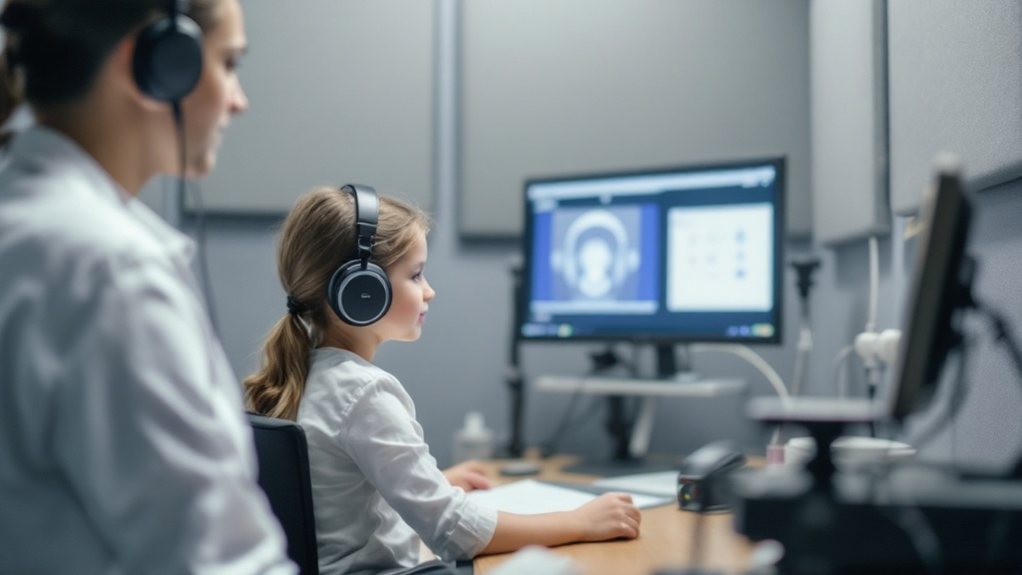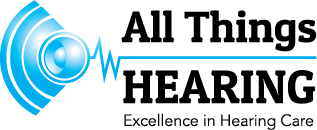Are you looking for Children Hearing Test Slacks Creek?
Ready to take the first step towards better hearing?
Let’s talk!
Connect with us today! Fill out the contact form below to schedule your personalised hearing consultation at All Things Hearing. Our expert team is committed to guiding you on your journey to improved hearing health. Don't wait to enhance your quality of life. Reach out now – we're here to listen and help!
Follow us:
Our main hearing clinic is located in Greenbank and our visiting sites are located in Daisy Hill, Jimboomba, Parkinson, and Wishart.
You’re taking a crucial step in ensuring your child’s hearing health by learning about children’s hearing tests at All Things Hearing, where we provide our hearing services in the area. These tests can identify potential issues early on, which is key for their speech, social skills, and academic performance.
You’ll want to know the signs of hearing loss, like lack of response to sounds or difficulty with language skills. The test process is relatively quick, lasting 15-30 minutes, and involves a questionnaire, visual exam, and play-based tests.
As you move forward, you’ll discover more about what to expect and how to support your child’s hearing health.
Importance Of Hearing Tests
How often do you think about your child’s hearing, and what you’d do if they couldn’t hear properly? You’re probably concerned about their overall health, but hearing is crucial for their development. If your child can’t hear well, it can affect their speech, social skills, and academic performance. You’d want to ensure they receive the best possible care, and that’s where hearing tests come in.
Regular hearing tests can help identify potential issues early on, allowing you to take action quickly. You’ll be able to monitor your child’s hearing and catch any problems before they become major concerns. It’s essential to be proactive, as untreated hearing issues can lead to long-term consequences. You’ll feel more in control, knowing you’re doing everything possible to support your child’s hearing health. By prioritizing hearing tests, you’re giving your child the best chance to thrive and reach their full potential.
Signs Of Hearing Loss
You’re likely aware that regular hearing tests can help identify potential issues early on, and now you’re wondering what signs to look out for in your child. If your child doesn’t respond to sounds or their name, it may be a sign of hearing loss. You might notice they turn up the TV volume or have difficulty understanding speech in noisy environments. They may also struggle to follow conversations or ask you to repeat things frequently.
You should pay attention to your child’s speech development, as delays or difficulties with language skills can be related to hearing issues. If your child doesn’t babble or make sounds by a certain age, it’s a red flag. You’re also looking for signs like pulling or touching their ears, which can indicate discomfort or hearing problems. It’s essential to monitor your child’s behavior and watch for these signs, as early detection is crucial for effective treatment and intervention.
Children Hearing Test Process

When it comes to assessing your child’s hearing, the testing process is designed to be straightforward and non-invasive, taking into account their age and abilities. You’ll typically start by filling out a questionnaire about your child’s medical history and any concerns you have about their hearing. Then, a hearing specialist will perform a visual examination of your child’s ears to check for any blockages or abnormalities.
The actual hearing test will vary depending on your child’s age, but it usually involves playing sounds through headphones or speakers to see how they respond. You’ll be with your child during the test to help them feel comfortable and follow instructions. The specialist will also observe your child’s behavior and reactions to different sounds. The test is usually quick, lasting around 15-30 minutes, and you’ll get the results right away. You can ask the specialist any questions you have, and they’ll explain the results in a way that’s easy to understand.
Types Of Hearing Tests
The testing process for children’s hearing, as you’ve just learned, is designed to be straightforward and non-invasive. You’ll find that there are several types of hearing tests that can be used to assess your child’s hearing. These tests are tailored to your child’s age and ability to respond. For young children, it’s not uncommon to use visual or play-based tests, where they’re asked to respond to sounds or toys.
You may encounter pure-tone tests, which measure your child’s ability to hear different frequencies. Or, you might come across speech tests, where your child is asked to repeat words or sentences. It’s also possible that your child will undergo tympanometry or otoacoustic emissions testing, which evaluate the function of their middle ear or inner ear. As you navigate the testing process, it’s essential to understand that each test serves a specific purpose in assessing your child’s hearing abilities. By combining these tests, you’ll get a comprehensive picture of your child’s hearing health.
Preparing Your Child
Preparing your child for a hearing test can be a relatively simple process if you take a few minutes to explain what’s going to happen. You’ll want to tell them that a hearing test is a quick and easy way to check how well they can hear. It’s not painful or scary, and they won’t get any shots or medication. Explain that they’ll be asked to listen to some sounds and respond when they hear them.
You can also prepare your child by describing the environment where the test will take place. Let them know that they’ll be in a quiet room with a specialist who will be helping them. It’s a good idea to reassure them that you’ll be with them the whole time. If your child wears hearing aids or has any devices that help them hear, you should bring them to the test. This will help the specialist get a better understanding of your child’s hearing.
Test Results And Followups
A few minutes after your child’s hearing test, you’ll typically get their results, which will show how well they can hear different sounds and frequencies. You’ll see a graph, called an audiogram, that illustrates their hearing ability. It’s essential to understand what the results mean, so don’t hesitate to ask questions. If your child’s results indicate hearing loss, you’ll need to discuss the next steps with the audiologist.
You may need to schedule follow-up tests or appointments with specialists, such as ear, nose, and throat doctors. It’s crucial to follow the recommended course of action to address any hearing issues. You’ll also need to monitor your child’s progress and adjust their treatment plan as needed. If your child requires hearing aids or other devices, you’ll need to learn how to use and care for them. By taking these steps, you can help your child manage their hearing loss and improve their overall communication skills.
Disclaimer
The content on our site is purely for education and should not be seen as an endorsement or recommendation of any treatments or products without a thorough hearing assessment and evaluation. Before starting any treatment, users should get advice from a professional and be fully aware of any potential side effects or risks related to the procedures. Any products we mention cannot be purchased by the public without first consulting a hearing health expert.
